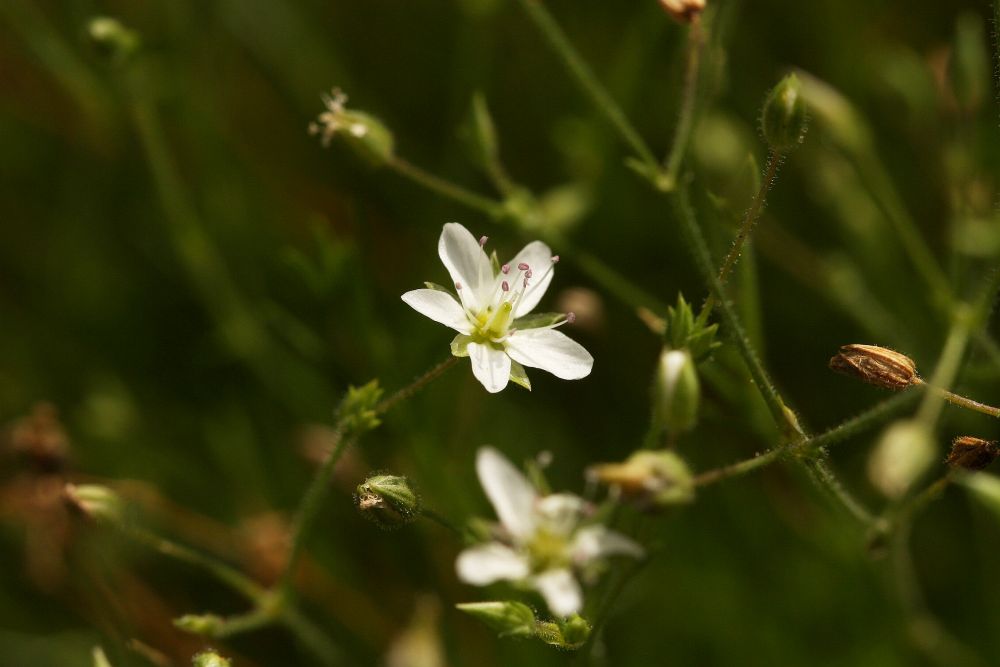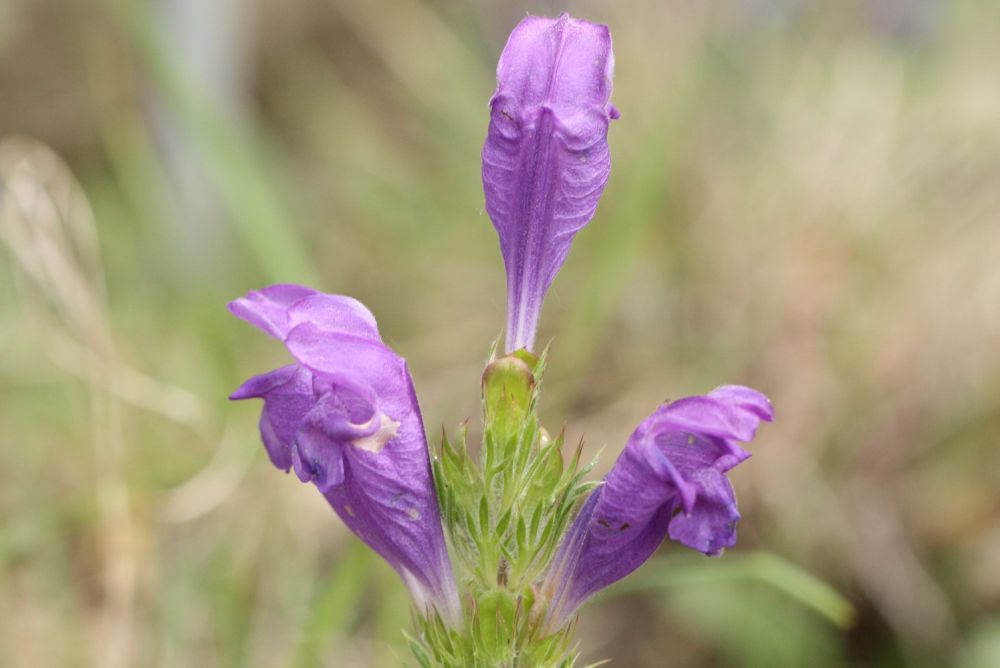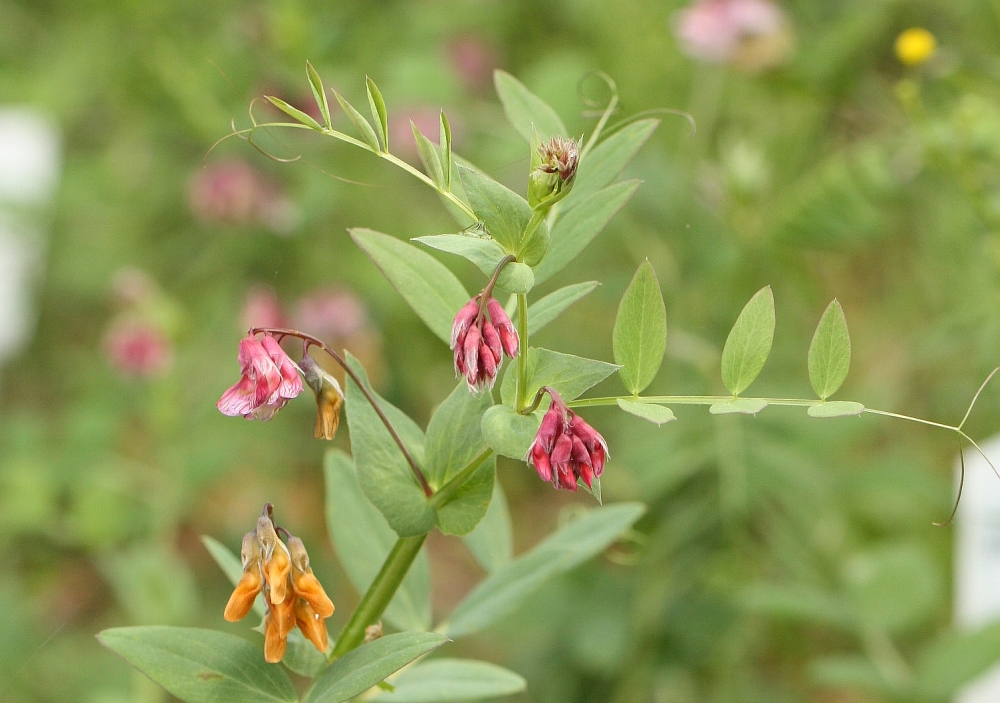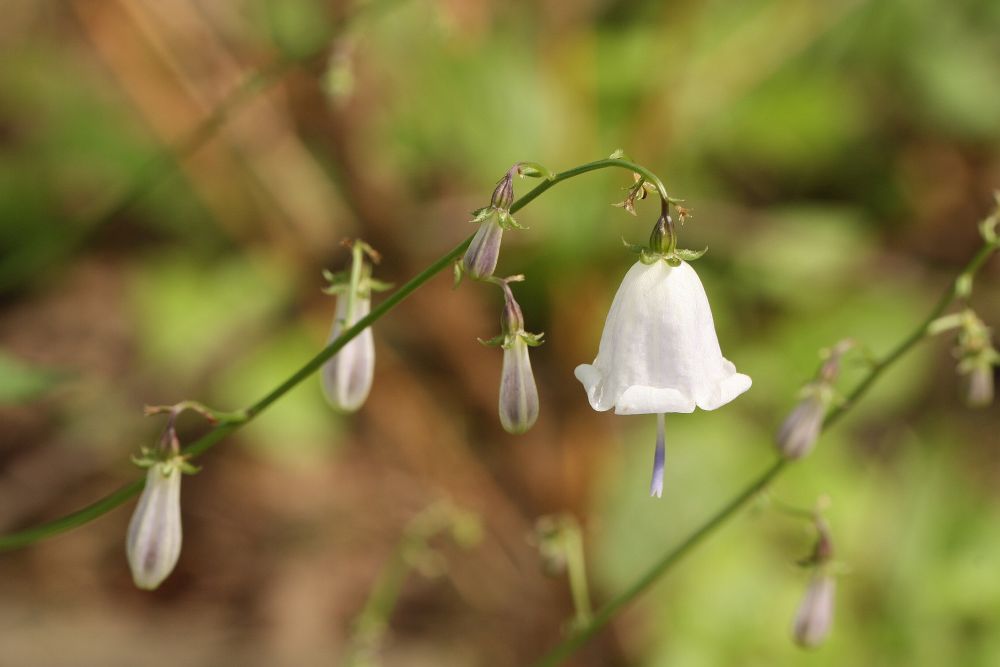Rescue Programs
The botanical garden participates in programs aimed at protecting endangered plant species. Many of these species are on the brink of extinction; they often cannot reproduce adequately in the wild, their natural habitats are being destroyed, and their chances of survival without human assistance are slim.
Rare Algerian Cypress
The botanical garden continues to propagate the Saharan cypress (Cupressus dupreziana), which is critically endangered in its native habitat and unable to reproduce due to climate change. In our nursery, equipped with bottom heat and LED lighting, the cuttings root fairly successfully, although it often takes them over a year to develop a decent root system. We are currently cultivating around 20 cuttings that are already in individual pots and growing well. Three grafted mother plants are also in good health. Additionally, an experimental outdoor planting of this tree species in the botanical garden’s grounds is worth mentioning. The tree appears reliably frost-resistant, having been planted here since 2020 and enduring temperatures around -13°C.
The garden has already completed one successful round of growing these rare plants and reintroducing them into the wild. In February 2020, 16 trees were transported back to their native Algeria and planted in various locations, including the Tassili Mountains in the south of the country.
Save the Sandwort

As part of projects coordinated by the Czech Union of Botanical Gardens, we are cultivating several species which are critically endangered in the Czech Republic. One of these is the serpentine sandwort (Minuartia smejkalii), a Czech endemic, meaning it cannot be found anywhere else in the world. It is tied to serpentine rock, which is mildly toxic to many plants, but the sandwort has adapted to this unusual, inhospitable environment. It grows in only two locations, so it is crucial to cultivate backup plants to ensure the species' survival in case anything happens to those habitats.
After rebuilding our serpentine rockery, about 100 new seedlings of the serpentine sandwort have grown.
Endangered Dragonhead

The Austrian dragonhead (Dracocephalum austriacum) occurs in only a few places in the Czech Republic. It is a plant of rocky steppes and slopes, threatened by drought, habitat loss, and overgrowth of woody plants and more competitive herbs. A regional action plan by the Czech Nature Conservation Agency was created to save it. Our botanical garden helps by maintaining a reserve population and propagating plants that can be used to supplement the original habitat.
Vetchling on the Verge of Extinction

The pea-leaved vetchling (Lathyrus pisiformis) has been cultivated for many years in our exhibition of Central European calciphilous vegetation, where it also regularly blooms.
The pea-leaved vetchling has almost disappeared from the Czech Republic. Its populations are declining in the last two remaining locations, and at one of these sites, it has already become extinct once. Fortunately, the extinct population had a backup in two botanical gardens, allowing it to be restored. Our botanical garden cultivates plants from the second location, serving as a safeguard in case the situation worsens in their natural habitat.
In 2024, our garden was assigned the task of coordinating the establishment of backup populations of this species. We will strive to determine the best methods for cultivating and propagating this plant, share our findings with other gardens, and distribute backup plants from both remaining locations to a sufficient number of gardens. This will enable us to strengthen or restore natural populations if necessary.
Newcomer Adenophora

In 2024, we expanded our rescue programs to include the lily-leaf ladybell (Adenophora liliifolia), from the locality in the Karlické údolí.
